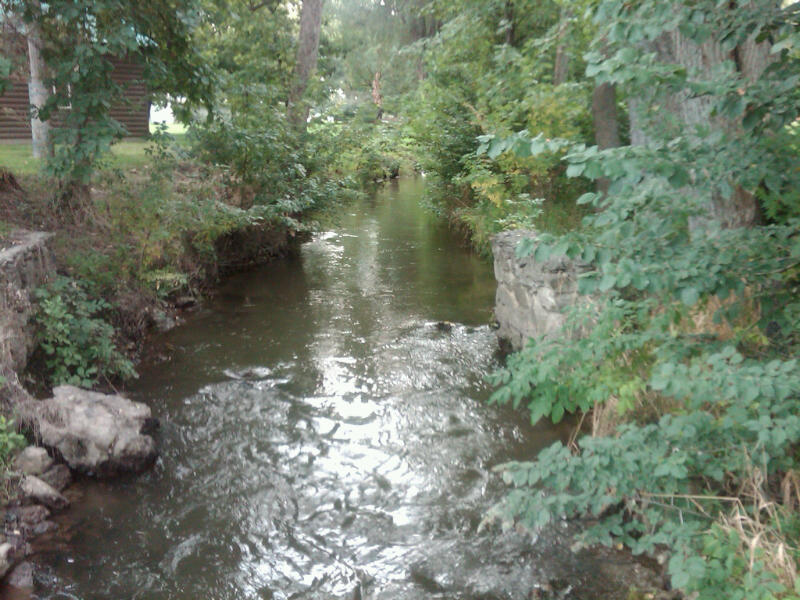Water is one of our nation’s most valuable resources. It is becoming increasingly important that we protect the quality of our inland waters and wetlands for the use and benefit of future generations.
The Department of the Army's Regulatory Program is one of the oldest in the federal government. Initially, it served a simple purpose: to protect and maintain the navigable capacity of the nation's waters. Changing public needs, evolving policy, court decisions and new statutory mandates have changed several aspects of the program including its breadth, complexity and authority.
The U.S. Army Corps of Engineers, through the Regulatory Program, administers and enforces Section 10 of the Rivers and Harbors Act of 1899 (RHA) and Section 404 of the Clean Water Act (CWA). Under RHA Section 10, a permit is required for work or structures in, over or under navigable waters of the United States. Under CWA Section 404, a permit is required for the discharge of dredged or fill material into waters of the United States. Many waterbodies and wetlands in the nation are waters of the United States and are subject to the Corps' regulatory authority.
The Regulatory Program is committed to protecting the Nation's aquatic resources and navigation capacity, while allowing reasonable development through fair, flexible and balanced permit decisions. The Corps evaluates permit applications for essentially all construction activities that occur in the Nation's waters, including wetlands.
Program Overview
The Walla Walla District, Corps of Engineers is responsible for administering the Regulatory Program in the State of Idaho. The Regulatory office processes permit applications for work that occurs in “waters of the United States” that are regulated by the Corps.
Examples of work activities that require a permit include, but are not limited to:
- Dredging of waterways
- Bank stabilization
- Construction of piers, docks, marinas, fleeting areas, boat ramps, roads
- Residential and commercial developments
- Utility lines
- Mining activities
Our Goals
The Walla Walla District Regulatory Program strives reach the goals of the mission:
1. To provide protection to the nation’s aquatic environment, including wetlands.
2. To enhance the efficiency of the administration of the regulatory program.
3. To ensure that the Corps provides the public with fair and reasonable decisions.

(49 Slough, a Water of the U.S.)